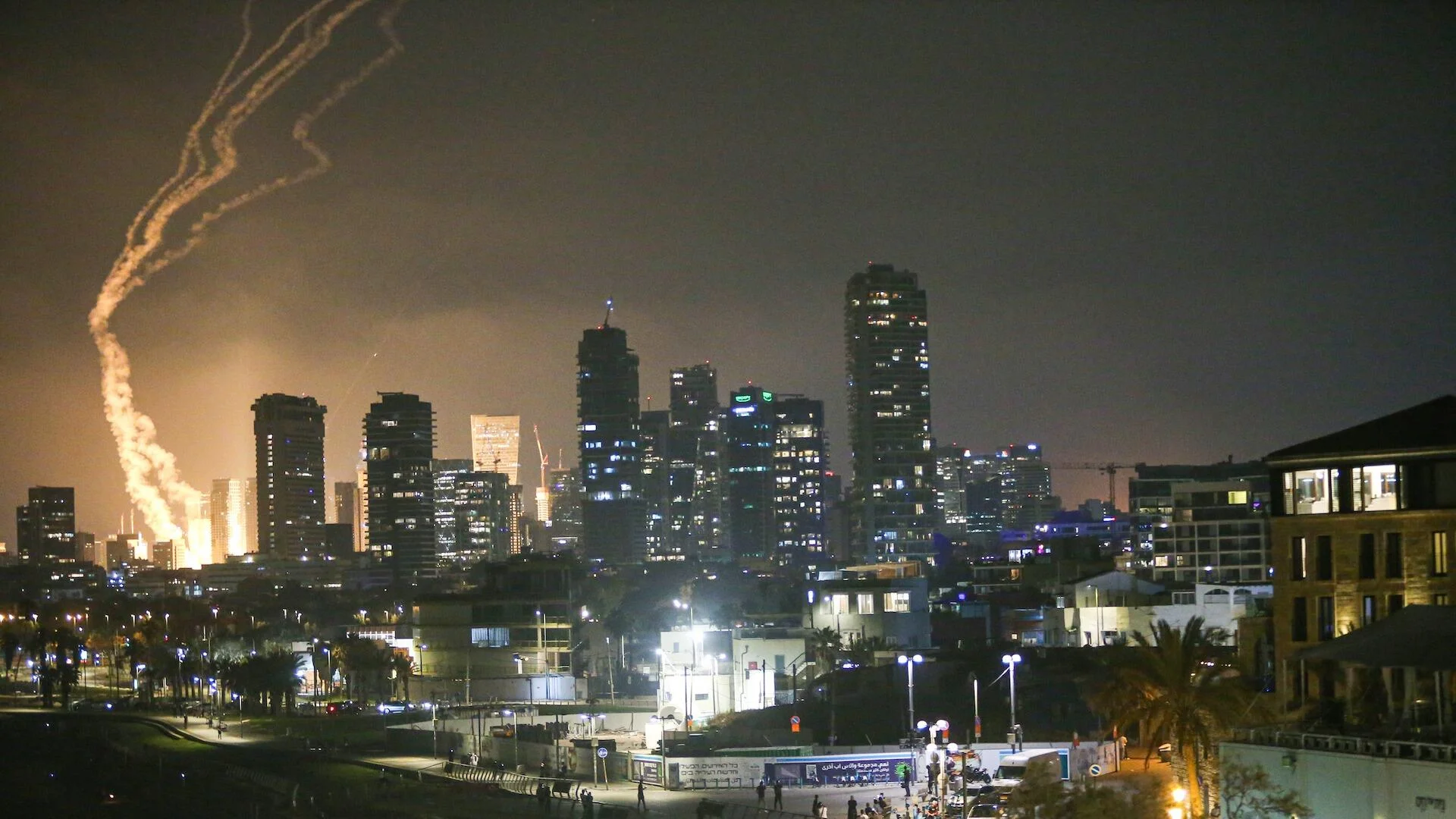Iran's Nuclear Escalation Puts Spotlight on 'Peaceful Program' Claims

TEHRAN – A rapid convergence of military assessments, diplomatic breakdowns, and internal state actions has reignited intense international scrutiny over the nature of Iran's nuclear program, pitting Tehran’s long-standing claims of peaceful intent against a growing body of evidence suggesting a deliberate, military-driven push toward weaponization.
Recent admissions from top U.S. military officials, stark warnings from the International Atomic Energy Agency (IAEA), and unprecedented domestic events inside Iran have severely challenged the official narrative, forcing observers to question whether the distinction between a civilian energy program and a weapons project has collapsed entirely.
An Unstoppable Trajectory?
Concerns over the program's ultimate trajectory have been amplified by recent military and technical assessments that frame it as increasingly resilient and advanced. The United States' top general recently confirmed in testimony that Iran's Isfahan nuclear facility is now buried too deep underground to be destroyed by the most powerful conventional 'bunker-buster' bombs in the American arsenal. This acknowledgment of military limitations suggests the program may have crossed a crucial defensive threshold.
This assessment of resiliency is paired with alarming projections about its speed. IAEA Director General Rafael Grossi recently stated that Iran could resume enriching uranium to high levels in a "matter of months," not years, and noted that the location of a 900-pound stockpile of highly enriched uranium remains unknown to the agency. This combination of a hardened, unstoppable infrastructure and a rapid potential breakout capability has set alarm bells ringing in Western capitals.
Iranian officials have consistently maintained that their nuclear activities, including enrichment, are solely for energy production and medical isotopes, as is their right under the Non-Proliferation Treaty. They attribute the program's fortification to the need to protect it from foreign sabotage.
However, this 'peaceful' narrative is directly contradicted by other military analyses. Reports confirmed that recent strikes attributed to Israel successfully destroyed Iran’s Uranium Metal Conversion Plant. International nuclear experts have explicitly identified this type of facility as being essential for one of the final, critical steps in manufacturing the explosive core of an atomic bomb, a component with no credible use in a civilian energy program.
Compliance in Collapse
The diplomatic framework intended to monitor the program is also in a state of crisis. Iran has taken the provocative step of banning senior IAEA inspectors, including Director General Grossi himself, from its facilities and has systematically removed surveillance cameras installed under prior agreements. This blackout has left the international community largely blind to day-to-day activities at key sites.
While Tehran has framed these moves as a response to what it calls the IAEA's 'political' pressure, it has also offered a more revealing justification. In a stunning admission, Iranian officials publicly linked the decision to ban inspectors to a catastrophic security failure, citing an Israeli intelligence breach that compromised 'sensitive facility data.' For many analysts, this admission recasts the move not as an act of sovereign defiance, but as a panicked attempt to prevent further embarrassing and damaging secrets from being exposed.
The Military-Nuclear Nexus Made Public
Perhaps most damaging to Iran's official narrative has been the regime's own actions on the home front. The long-held pretense that the nuclear program is a separate, civilian enterprise has been visually shattered by a series of massive, state-sponsored funerals. These public mourning events have brought together, side-by-side, the caskets of top Islamic Revolutionary Guard Corps (IRGC) commanders, the head of the country's ballistic missile program, and a number of its most prominent nuclear scientists.
Broadcasting these funereal ceremonies across state media, the regime has irrefutably and publicly linked its most senior military and missile chiefs with its top nuclear experts. Critics argue that this destroys the plausible deniability the regime has cultivated for years. While Iranian state media portrays these men as national heroes who all served the country, international observers see it as a tacit, and very public, admission that these programs are not separate but are, in fact, two sides of the same coin: a unified military project.
A Regime Under Pressure
Concurrent with its nuclear escalation, the regime has been forced to project an image of internal weakness and paranoia. In what was widely seen as a humiliating display of vulnerability, Ali Shamkhani, a close aide to the Supreme Leader, was paraded on state television to prove he was alive following a rumored attack. The broadcast, however, achieved the opposite effect for many, showing him visibly injured, leaning heavily on a walking stick, and using a breathing aid—all but confirming reports that his home had been destroyed in a precision strike.
This inability to protect its highest echelons appears to be fueling a brutal domestic crackdown. State-media has openly endorsed what it calls a 'season of traitor-killing,' publicizing the swift executions of its own citizens accused of spying for Israel. Rather than projecting strength, this paranoid purge, for many human rights organizations and external observers, paints a picture of a regime that, feeling increasingly penetrated and threatened from the outside, is now lashing out at its own people as a pretext to consolidate control. As the debate continues, the ultimate question is whether to accept Tehran's official pronouncements of peace or the mounting, multi-faceted evidence of a program that appears inextricably linked to weaponization, military control, and a deepening internal paranoia.